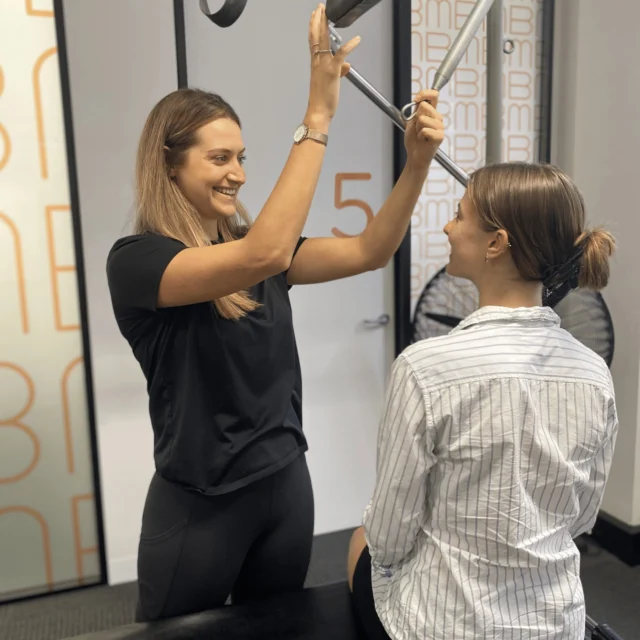So, your Physio has told you that it might be your “disc” that is causing your pain.
With more medical knowledge accessible to all of us these days, as health professionals we often assume that you know what we are on about. Maybe you do! But just in case you don’t, here’s the low down on what a disc is, and what it means when you’ve hurt it.
Intervertebral discs are like little cushions that lie in between your vertebrae. They act as shock absorbers in your spine and also form joints with the vertebrae to allow movement in your spine. Your spine can be divided into three different sections: cervical or upper, thoracic or middle and lumbar or lower. There are discs in each section of your spine, however some discs are more prone to injury than others.
The disc is made up of an outer ligament- known as the annulus fibrosis, which consists of several layers of fibro cartilage. The annulus fibrosis contains the nucleus pulposus, which is made up of a jelly-like substance. This nucleus functions as a shock absorber for the body’s activities.
If you have an injury to disc, a weakness can occur in the annulus fibrosis, causing the nucleus or jelly-like substance to bulge outwards. If the injury is more serious a tear can occur in the annulus fibrosis, causing the jelly-like substance to herniate out through the tear. This injury is more serious than a bulge but can still be managed conservatively.
Both a disc bulge and a disc herniation can put pressure on the nearby nerve causing referred pain in the arm or leg, pins and needles or numbness and even muscle weakness and reduced reflexes.
The good news?
Although an acute disc problem can cause severe pain and dysfunction, more often than not they can be managed conservatively and it is possible to avoid surgery. A combination of hands on treatment and Clinical Pilates can work well to minimise your symptoms and prevent them from recurring.
As always, if you have any questions about this information or are suffering from pain or injury, don’t hesitate to contact your Bend + Mend Physiotherapist today.





